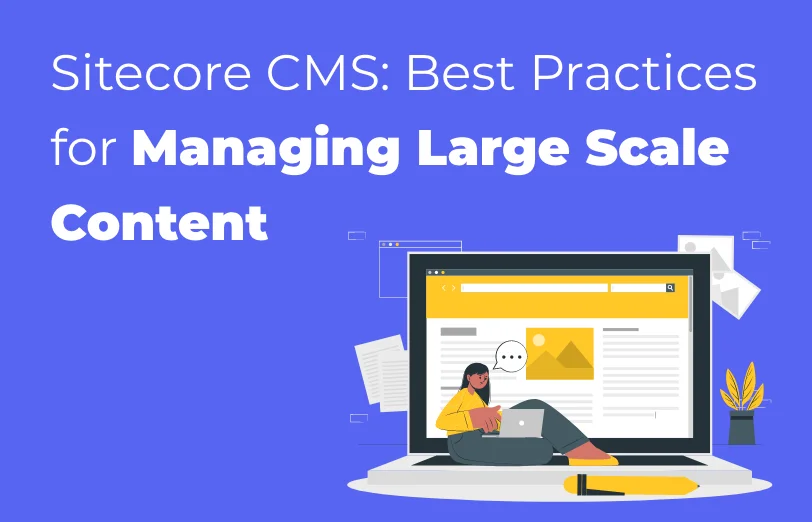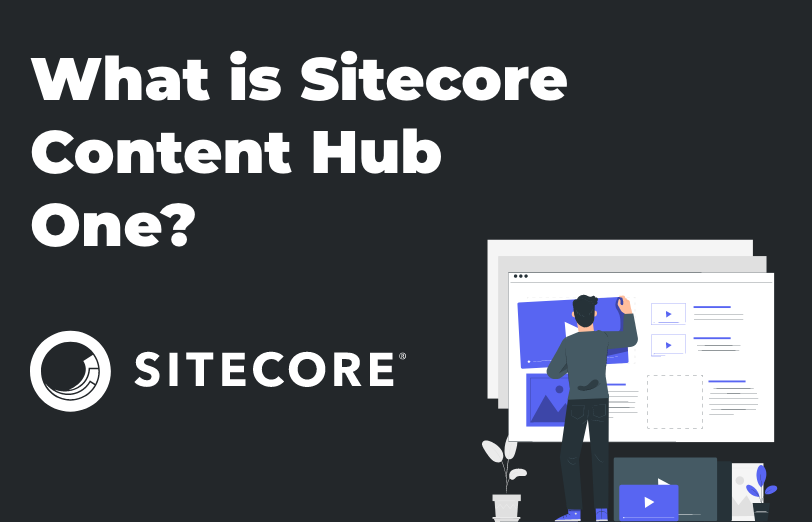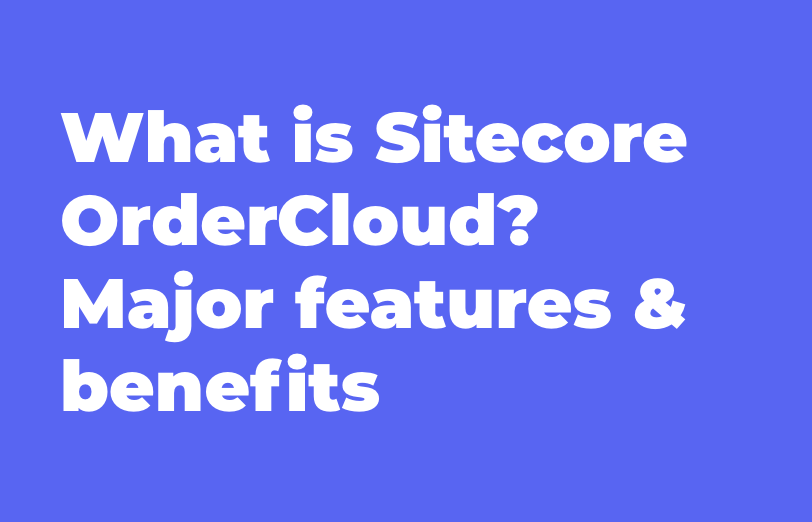Managing large-scale content is very crucial in today’s quickly converting digital landscape.
Organizations have to deliver personalized, engaging experiences to their audiences if they want
to gain traction and increase their traffic, reach, engagement and overall leads.
One of the most popular choices when it comes to content management systems is Sitecore. It is
quickly emerging as one of the most sought-after CMS due to its robust features, capabilities
and extensive content repositories.
Here are some of the best practices that you can follow as an organization to optimize your
content management processes by leveraging the range of capabilities and features that come with
this CMS:
-
Content Modeling
Content modeling is the foundation of managing any forms of large-scale content when
using Sitecore CMS. You have to take the time to design a content architecture that is
well-structured and also aligned with your business goals.
Using the Sitecore CMS, you can define content types, you can define templates, and get
fields that represent your content hierarchy with accuracy. This will allow your teams
to create content with ease and also make it easier to reuse that same content.
-
Taxonomy and Metadata
When you are managing large-scale content, it is essential that you implement a robust
taxonomy (which means categorization) and metadata strategy for efficiency. When you
create a well-defined categorization, it enables you to tag the content with the
relevant keywords.
This way, you are making it easier for the user to search, filter and retrieve the
content when it is needed. The user can quickly get the content and makes it convenient
for them.
-
Content Chunking
The content needs to be broken down into chunks. Smaller chunks are more manageable and
also provide flexibility. You should consider dividing long-form content into smaller
chunks like paragraphs, modules, etc. across multiple pages.
When you do so, you are also allowing yourself the opportunity to reuse the content and
are saving the time and effort that goes into creating and updating the content.
-
Content Versioning and Workflow
Sitecore has features for versioning and workflows that allows one to streamline
collaboration among the CMS. Often in large-scale content, there are multiple content
creators and of course, multiple reviewers.
When you implement a clear workflow along with roles properly defined, you can be assured
of a smooth content creation process. This will also allow you to maintain the quality
of the content as well as allows you to keep track of the changes that were made at the
various stages.
-
Content Search and Indexing
Sitecore CMS provides you with capabilities of search that can enhance your content
discoverability. You can configure and optimize your search indexes and bring efficiency
when managing large-scale content repositories.
You can even implement search facets, filters, as well as add sorting options to assist
content editors as well as the website visitors when they want to quickly find relevant
content.
-
Content Personalization
Personalization plays a very important role in today’s digital world. It is quickly
gaining momentum and organizations are leaning more and more towards delivering
experiences that are personalized, unique and consumer centric.
Personalization plays a major role in increasing your engagement. Sitecore provides
high-quality personalization capabilities to help you dynamically present content based
on the user’s preferences, likes, behavior.
When you create personalized components, you succeed in effectively engaging your
audience along with driving large scale conversions.
-
Performance Optimization
When you are managing large-scale content, it can impact the performance of your Sitecore
CMS instance. So, for that, you can implement caching mechanisms, enable data source and
output caching, and optimize your media assets to reduce the load on the system.
For keeping the CMS environment fine-tuned, you must regularly monitor it. This way you
will be able to optimize the performance, specifically during peak rush hours.
-
Scalability and Infrastructure
As your content grows, it is essential that you also focus on the scalability of your
infrastructure. You must plan your infrastructure in a way that it is able to handle the
content load and the increasing traffic.
You can consider implementing Content Delivery Networks (CDNs) as well as cloud-based
solutions for ensuring the availability of your Sitecore CMS instance.
-
Insights and Analytics
You must leverage the analytics capabilities of Sitecore to its fullest to gain valuable
insights into the performance of your large-scale content.
You can monitor metrics like page views, engagement and conversion rates and understand
how your content is actually resonating with the audience. This data can then be
utilized for optimizing and refining your content strategy.
-
Continuous Support and Maintenance
You should invest in continuous Sitecore support and maintenance for
your editors and
administrators as large-scale content management is a complex task. You can keep your
team up to date with the latest features and versions, as well as maintain your Sitecore
CMS.
-
Automation and Integration
Sitecore has integration capabilities that will allow you to automate content management
tasks and workflows. You can integrate third-party systems or platforms such as CRMs,
DAMs, etc. You can reduce manual effort through such automation and improve efficiency
as well as the overall content management experience.
When you are trying to manage large-scale content in Sitecore CMS, it requires careful planning
and strategy. By following the above practices, you can ensure effective workflows, streamline
content management processes and deliver exceptional experiences while maintaining optimal
performances.
BACK TO SERVICE LIST
Sitecore Module Development Add new features, extend new features, or even replace, supplement and provide new functionality to Sitecore. Sitecore CMP & MRM Through the Sitecore CMP & MRM, drive execution, workflow, operations and processes of your entire marketing team. Sitecore Ordercloud Create a dynamic eCommerce platform and future-proof your business for B2B, B2C, B2X or any other marketplace business model. Sitecore Discover Provide real-time, personalized search results and recommendations for every individual shopper, all in one place.
MAIN MENU














